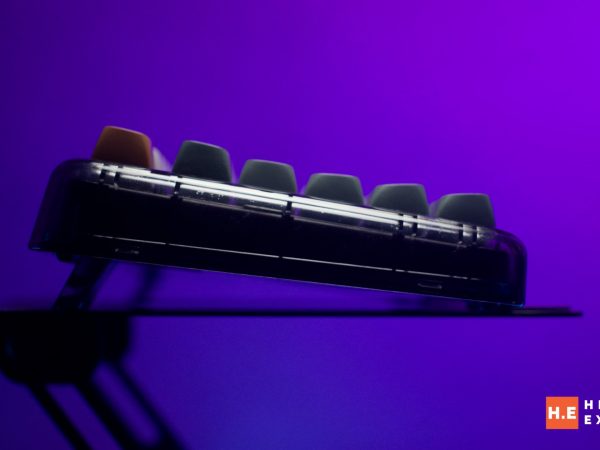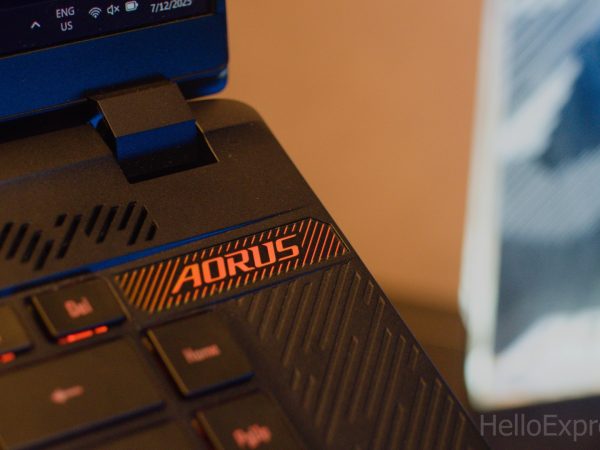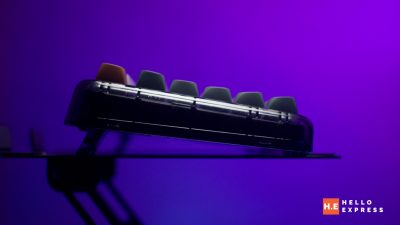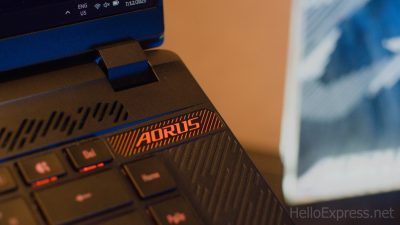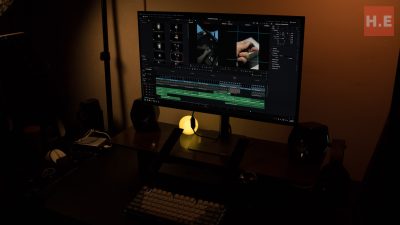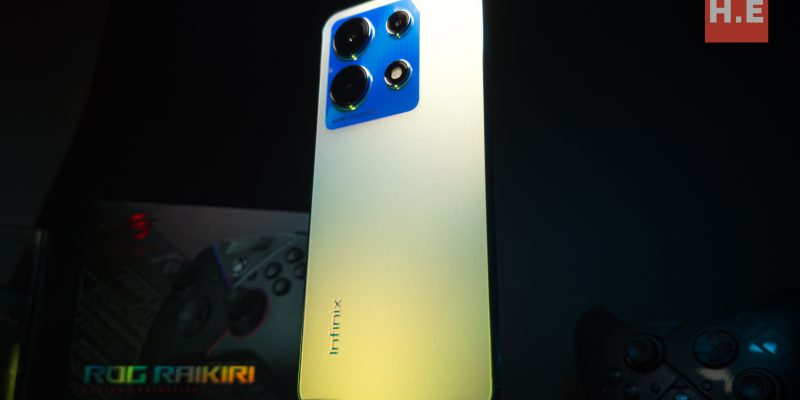
Infinix Note 30 Review – Value Overwelming
Introduction
After reviewing the Infinix Hot 30, it’s only natural for us to turn our attention to its sibling model, the Note 30. Essentially an upgraded version of the Note 30, boasting a slightly higher price tag, it features a better SOC and camera compared to the aforementioned model.

However, specifications often only tell half the story. More often than not, the value of a product is closely tied to its price point, and sometimes, good things can be expensive. So, can the Infinix Note 30 truly deliver excellent specifications and experiences at a fraction of the price? We embark on this review to answer that question.
The Note 30 bears a lot of resemblance to the Hot 30. In this review, we will focus on the aspects where the Note 30 distinguishes itself and stands out.
Infinix Note 30 Overview:
The Infinix Note 30 boasts aesthetics that transcend its price point. The phone is encased in a ring of chrome, giving it a solid and utilitarian appearance, balanced out by the reflective back design.

There are three colors available for the Note 30: Obsidian Black, Interstellar Blue, and Sunset Gold. The first two feature a reflective design, while the latter showcases a unique leather back design. Personally, I’m quite fond of the starry reflective back design, which resembles glittering sand from different angles.
The phone measures 168.62×76.6×8.58 mm and weighs 216g, providing a substantial weight and a solid feel in hand.
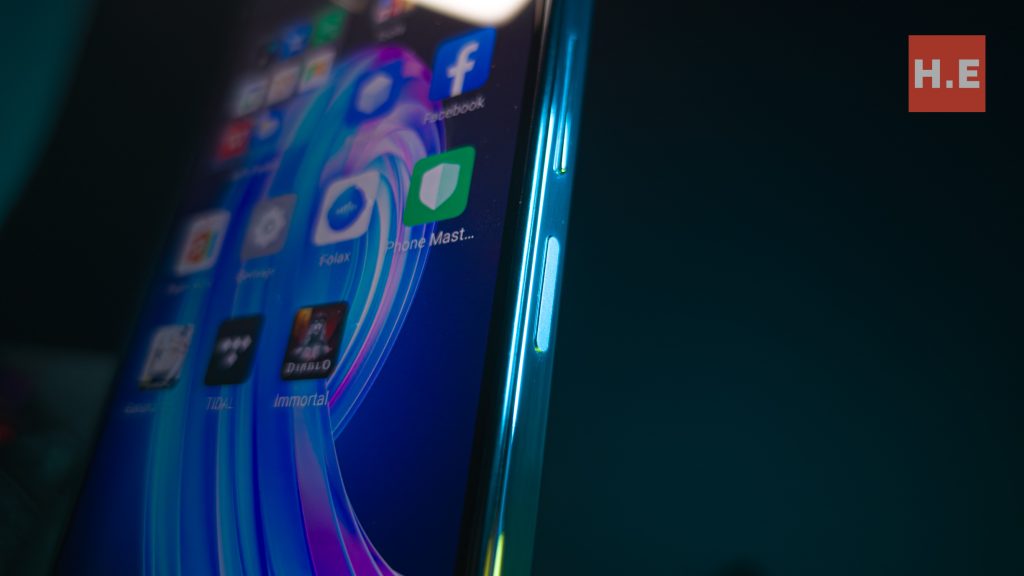
The side-mounted fingerprint sensor also doubles as an unlock button. Unlike the Hot 30, Infinix has done away with the shallow canyon where the sensor rested. Instead, it protrudes slightly to offer users better feedback when their thumb reaches for the button.
Note 30 Hardware
The Note 30 utilizes the MediaTek Helio G99 chipset with an octa-core CPU, delivering decent performance for everyday use. The SoC includes 2 Cortex-A76 cores clocked at 2.2 GHz and 6 Cortex-A55 cores clocked at 2.0 GHz, paired with a Mali-G57 MC2 GPU. The device also boasts 8GB of LPDDR4X RAM and 256GB of UFS internal storage.
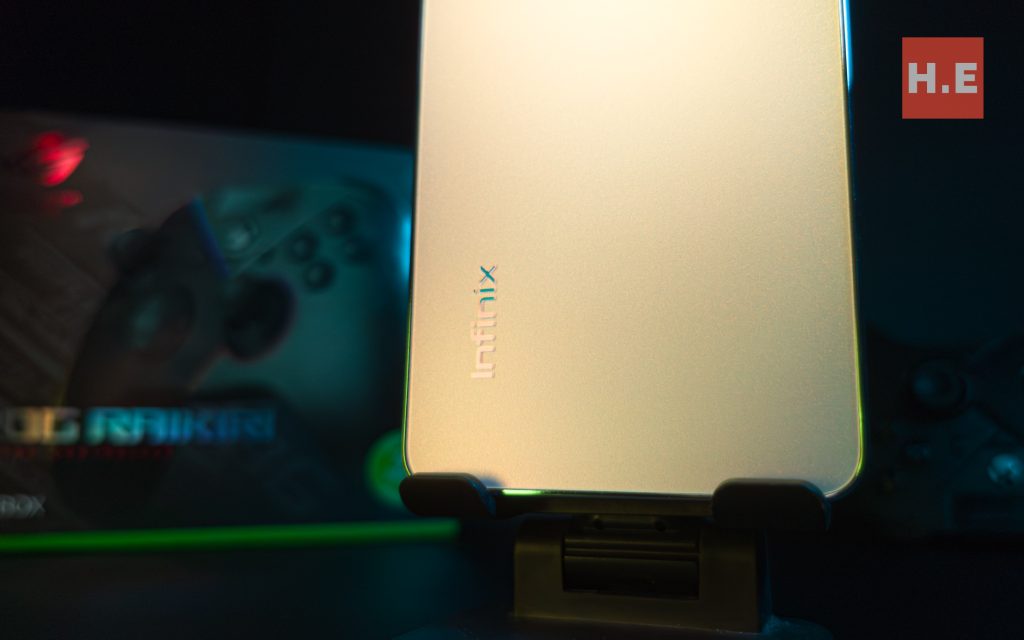
Infinix offers the option to extend the RAM by up to 8GB through virtual RAM expansion. While this feature is touted, I do not recommend using virtual RAM expansion. For my full opinion on virtual RAM, check out this link here.
The phone offers the same 5000 mAh Li-ion battery as the Hot 30, but with improved charging capacity. With 45W quick charging now available, Infinix promises a full charge from 0 to 75% within 30 minutes. Although we weren’t provided with the original charger included in the box, we did use a 65W Ugreen GAN charger to charge the device. Within 30 minutes we reached 27% charge from a completely flat battery, this test is done when the device is turn off. However, when charging with devices turning I’m able to reach 74% (from 27%) within 30 minute.
Just like the Hot 30, the Infinix Note 30 also comes equipped with NFC.
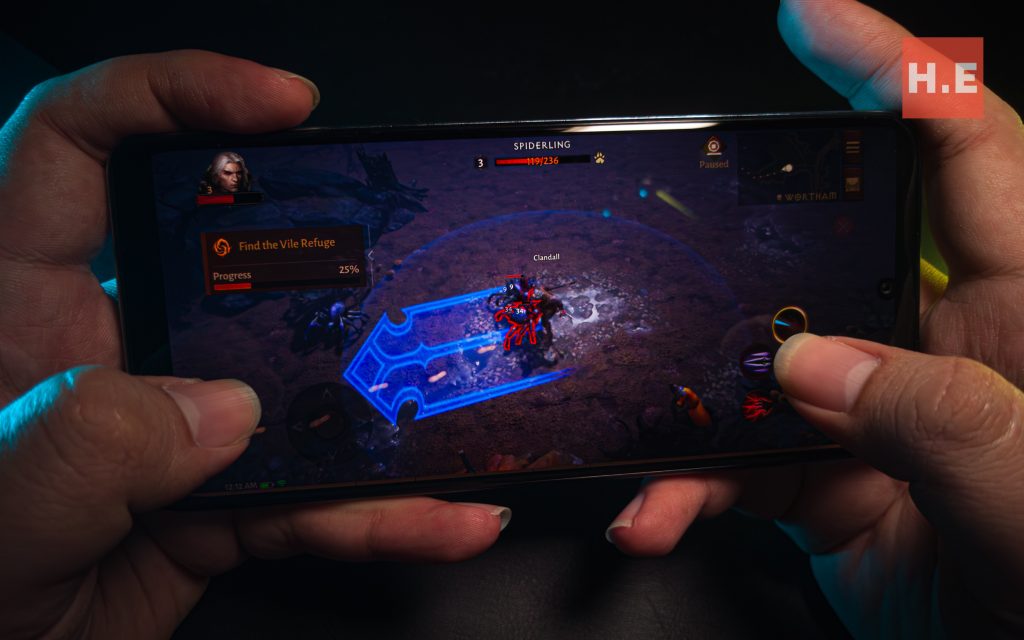
So how well does the Infinix Note 30 perform in gaming? Users will have no problem playing games like MLBB and FreeFire. And it is seem that Diablo Immortal has been optimized with this SOC, it can be played with medium resolution with the other setting on high.
Is the same Screen… I think
The Infinix Note 30 features a screen eerily similar to the Hot 30. They share very similar color specifications but have an improvement when it comes to refresh rate. The screen is capable of a refresh rate of up to 120 fps with 240Hz touch sampling.
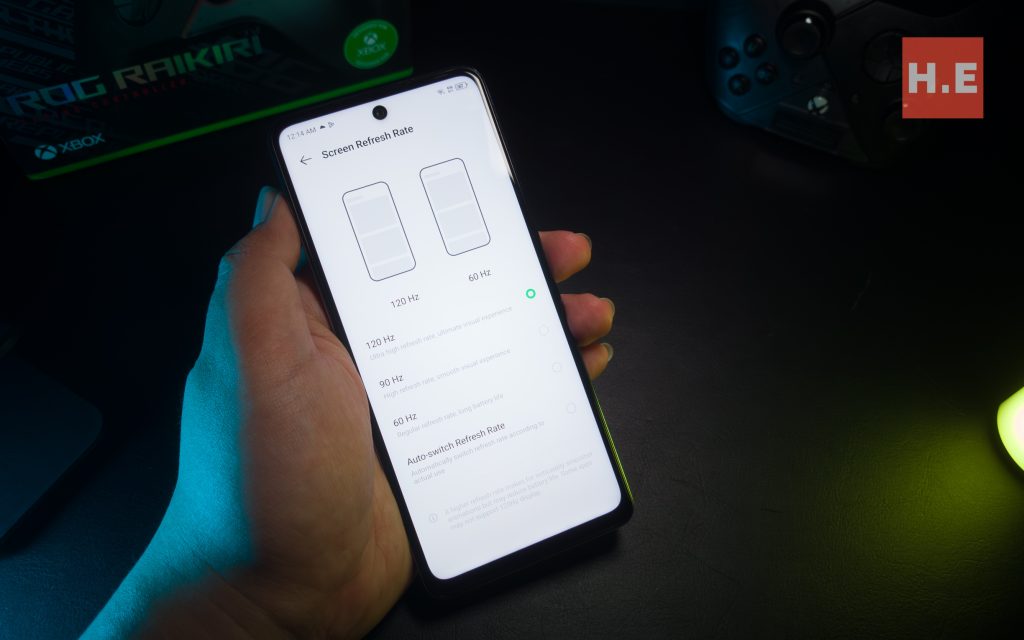
However as the peak brightness has been reduced from 600 to 580 nits, shwing sign that it could be the same screen on Hot 30 but overclocked. We say this because any display with a higher refresh rate tends to be darker, and one with a slower refresh rate tends to be brighte
For more information on screen color performance and viewing experience, check out this link here.
Note 30 Camera ≠ 3 camera

Here’s one of the main differences between the Note 30 and the Hot 30. The Note 30 features a triple-camera setup and an upgraded main camera, sporting a 64MP OmniVision’s OV64B40 sensor with an F1.69 6P lens. We won’t delve into the details of the other rear cameras as they are mostly for aesthetic purposes.







In my opinion, using the camera is a truly pleasant experience. The overall sharpness, colors, and contrast remain faithful to the scene. While it may not be the absolute best camera on the market, it undoubtedly outperforms any competitor in its price range, including its own sister model, the Hot 30.
Audio:
The Hot 30 had already impressed us with its speakers, and the Note 30 is poised to surpass that. It not only features stereo Hi-Res speakers but Infinix has gone the extra mile by having them tuned by JBL and certified by DTS.

Listening to the speakers reveals that they are deafeningly loud—so loud that at full volume, I can clearly hear what they are playing. The sound signature heavily emphasizes the treble, often overpowering other frequencies. While binge-watching shows, we would get quite excited during the introduction music as it sounds fantastic. However, later on, we were let down by the flat vocals. Also, just as a side note, there is little to no bass available due to the size of the speakers, a common issue with smartphones.
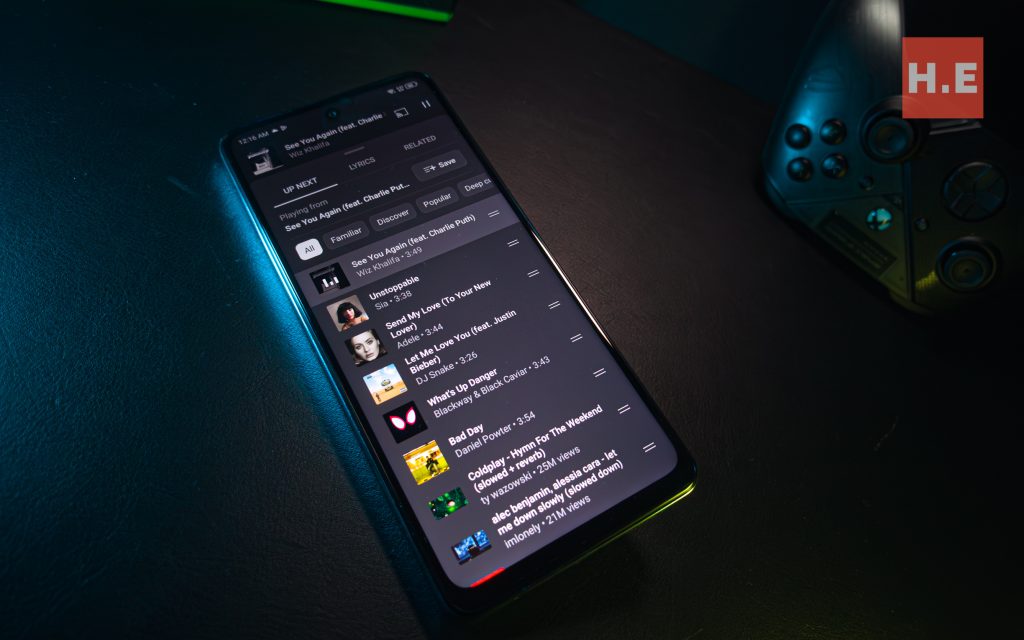
Infinix Note 30 Conclusion
Much like the Hot 30, the Infinix Note 30 is a solid budget smartphone that offers great value for its price. The most impressive improvement lies in its display, being possibly the only smartphone at this price point to offer a 120Hz refresh rate. Combined with other features such as stereo speakers, fast charging, and a 64MP camera, it’s a no-brainer that the Note 30 should be at the top of users’ lists in this price range.
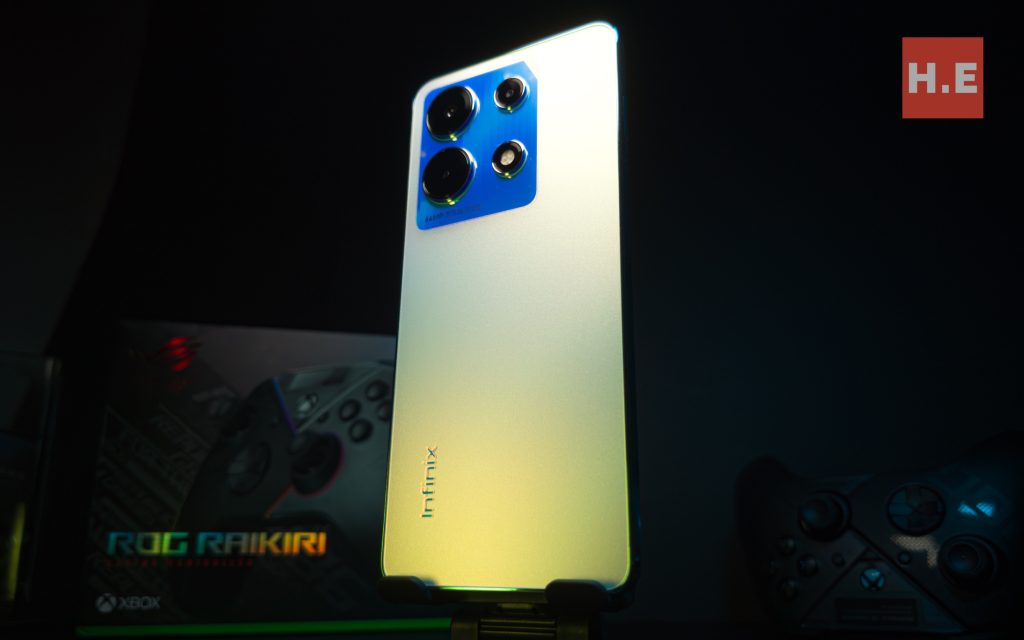
If users can overlook the overly sharp and dry sound and disregard the extra aesthetic cameras, the Note 30 is a compelling option.
For those interested in learning more other Infinix’s smartphone check out the Infinix Hot 30 review here.
Infinix Note 30
Much like the Hot 30, the Infinix Note 30 is a solid budget smartphone that offers great value for its price. The most impressive improvement lies in its display, being possibly the only smartphone at this price point to offer a 120Hz refresh rate. Combined with other features such as stereo speakers, fast charging, and a 64MP camera, it's a no-brainer that the Note 30 should be at the top of users' lists in this price range.
Positive
- 120Hz screen
- Very loud speaker
- Decent camera
Negative
- 2 aesthetic only camera
- Sound is dry and overly sharp





